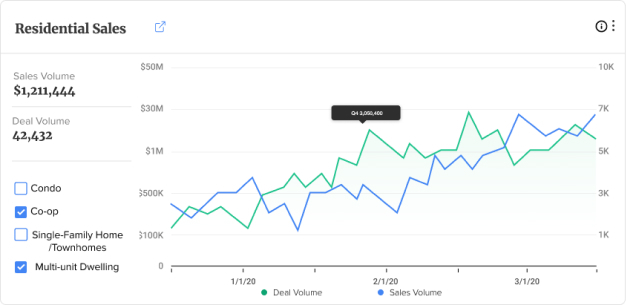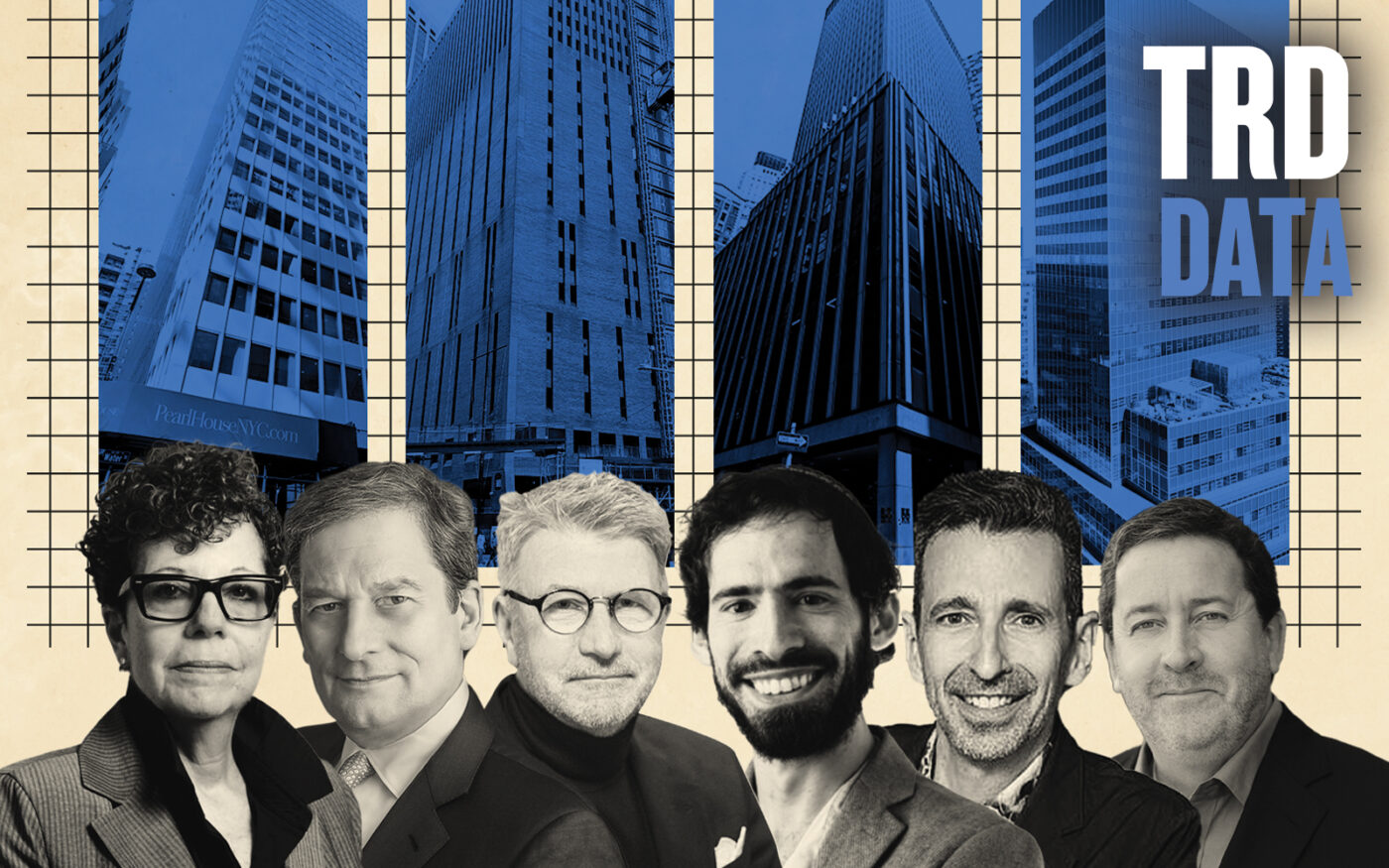This year, with the pandemic further away in the rearview mirror, the direction of New York architecture was determined more by state and city housing policy.
Multifamily housing production suffered a second dismal year due to the state legislature’s failure last spring to replace the expired 421a tax abatement, which had balanced the city’s requirement for new below-market-rate housing with developers’ bottom lines until it expired in June 2022.
With a wrench thrown into New York’s housing production, some city architects sought business outside the Big Apple, often alongside clients who were taking their own businesses from New York to places such as South Florida and elsewhere in the Sun Belt, as well as the Boston and Chicago metro areas.
Today, interest rates that plateaued last summer continue to hang around, impacting the market for new development everywhere. For New York architects, that has meant less new business in traditional design work.
“The low point was about eight months ago,” said Stephen Hill of Hill West Architects. “We’ve seen a pickup in business in the last three or four months to include a few condos, a good bit of rentals and several conversions.”
Others, too, have felt a turning point over the past 12 months, The Real Deal learned while ranking the year’s most active New York architectural firms based on the estimated costs for major renovations, including office-to-residential projects, as well as total square footage of new construction permits filed with the city.
“We knew it was going to be a hard year,” said Joseph Frankl of J. Frankl Architects, “but we’ve been through past business cycles. Our clients are still doing deals in New York, not chasing secondary markets, and we’re more optimistic today than a year ago.”
Despite the headwinds, the outlook for New York is getting rosier, according to local architects, at least compared to the previous 12 months. Even office architects are finding opportunity, as “everyone is interested in attracting people back to the office,” said James Phillips, co-founder of TPG Architecture, which specializes in new commercial buildouts.
More than four years after the arrival of Covid, snarled supply chains and exploding material costs have subsided. Still, the city’s top architects say it’s hardly “business as usual.”
A new hope
Optimism among New York architects finds a home in the City of Yes for Housing Opportunity, a series of zoning reforms that could remove costly parking mandates, allow garages, mainly in the outer boroughs, to become accessory dwelling units and open Midtown Manhattan to office-to-residential conversions, a product familiar for decades in the Financial District.
In April, the dam of what passes for sensible housing policy finally broke. The completion deadline for projects able to qualify for 421a was extended comfortably into the future, while new multifamily projects became eligible for its replacement: 485x. For New York architects, the biggest impact of the new tax regime may be from a hit on their clients’ bottom line.
Subscribe to TRD Data to unlock this content

While 485x requires rent caps at rates further below market value than 421a, the new program has sparked the need for some developers to retool their designs, or create entirely new ones, in order to maximize profitability under the new housing program’s rules.
To the chagrin of housing advocates, the 485x abatement encourages the construction of smaller developments. When buildings have six to 99 units, developers are required to have below-market rents at only 20 percent of units. Larger projects must make 25 percent of units affordable and also require higher wages for construction workers.
Creating an architectural design that keeps the number of new units in a single development below that critical threshold has inspired creativity, according to J. Frankl Architects (No. 10, new buildings). It can be done by “splitting up new projects into separate phases, and dividing them into smaller buildings,” Frankl said.
Reversion to conversion
“We used to call it adaptive reuse,” said Nancy Ruddy, co-founder of CetraRuddy (No. 12, new buildings and major alterations), which has taken on designing some of the city’s most ambitious office-to-residential conversions, including 25 Water Street, 55 Broad Street and 80 Pine Street.
Ruddy estimated that nearly two-thirds of her firm’s new business in the past year has been in the conversion category, rather than ground-up development, “although that will change when interest rates drop,” she said, adding that a 50-50 split was typical for the firm in the past.
A year ago, the office market was staring down a significant revaluation in light of the many workers who continued doing their jobs remotely. Over the past 12 months, housing policy has shifted to accommodate that trend, and Midtown Manhattan, the country’s largest central business district, may be opened to office-to-residential conversions by next year.
“There’s a lot of conversation out in the market about office conversions to residential [but] there’s not a lot of projects that are happening,” said Carlos Martinez of Gensler (No. 1, major alterations). “We are lucky enough that we actually have several of the most interesting ones.”
Still, among the priciest conversion projects this year was the firm’s redesign of 160 Water Street, where 588 rental apartments were created from what was a 480,000-square-foot office building built in 1972, some through the addition of five new floors for a total of 30.
Should the city expand the universe of buildings eligible to be converted, it would fulfill the desire of leaders at several major firms who wish their office-to-residential business to grow.
“Many Midtown buildings will make for better conversions because they have smaller floor plates,” said Stephen Hill of Hill West Architects (No. 3, new buildings), “especially in Midtown South above NoMad, plus there are [conversion] studies being done of buildings all over Downtown.”
Subscribe to TRD Data to unlock this content

However, while half of all conversions before the pandemic became hotels, according to city officials, that option was largely taken off the table in 2021, when the City Council created a special permitting requirement for all new hospitality projects.
“The world is a mess,” said TPG’s Phillips, adding that his firm (No. 8, major alterations) wouldn’t dilute its expertise in commercial buildouts by jumping onto the office-to-residential bandwagon. “We’re proceeding with caution. I can’t say we’re overly robust, but we’re holding our own.”
Wait it out
Before April, when the 421a deadline was extended to 2031, developers had filed a slew of new building applications in order to beat what had been an original completion deadline of 2026. Since then, especially given the costlier requirements of 485x, there has been what James Davidson of SLCE Architects (No. 1, new buildings) believes is a temporary lull in multifamily activity for architects.
“Developers seem to be taking time to analyze 485x, or waiting for the City of Yes,” Davidson said. “You don’t want to finalize a design if you think that after November, you’ll legally be allowed to build more apartments.”
When 421a lapsed for a second straight year, and the market for building rentals imploded further, condo development helped fill the gap.
“Condos have had success selling,” said Davidson. “There is an interest in fresh for-sale product,” although a new cycle of condo development has been stymied by persistently higher interest rates coupled with expectations that rates will soon fall.
Among the condo projects stalled by high borrowing costs is 45 Broad Street, a 100-story condo tower designed by CetraRuddy next to its office-to-residential conversion at 55 Broad Street.
Many new development projects that are under construction today represent yesterday’s designs, whether they are pre-pandemic office giants (Hudson Yards, 1 Vanderbilt) or large residential projects given life by the extended 421a completion deadline in upzoned areas including Inwood and Gowanus.
“We’re circumspect about the future,” said SLCE’s Davidson, “but we have had many projects of large scale.”
Access the comprehensive data set supporting this ranking here. TRD Data puts the power of real data in your hands.
